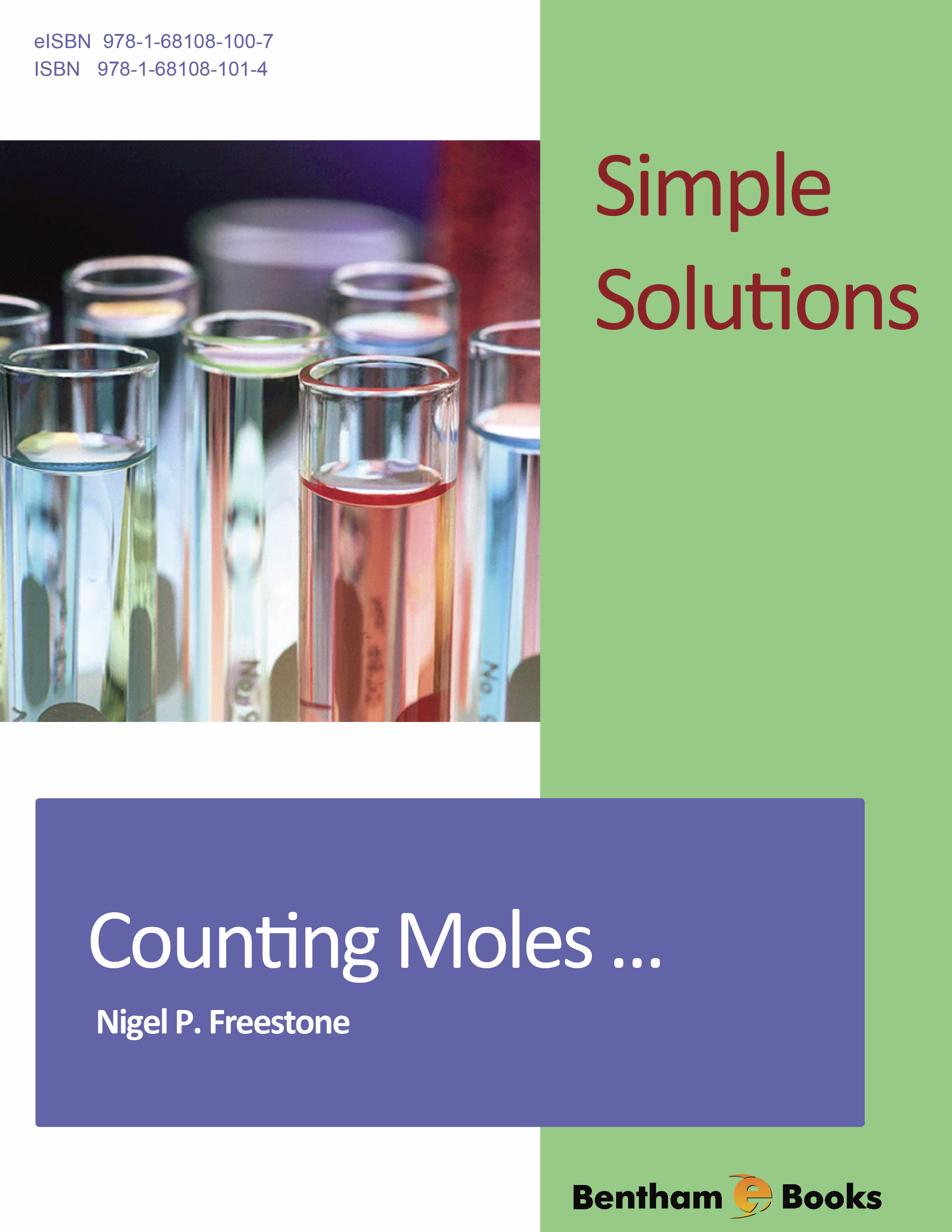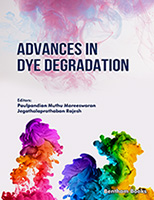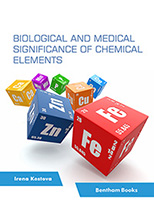Introduction
Students studying chemistry often struggle with the mole. Counting Moles provides an effective aid to learning by giving clear and confident presentation of the essentials of the mole concept needed by those starting chemistry courses. This user-friendly self-teach e-book is split into six chapters which sequentially introduce the ‘mole calculating frame’ to help solve problems. Over 200 fully worked examples are given along with several hundred questions.
The mole concept is applied to topics such as relative atomic mass and relative formula mass, percentage composition, empirical and molecular formula. The book also covers concentration, its units, volumetric analysis and the relationship between volume, mass and moles of gases. Counting Moles culminates in you taking a Mole Driving Test. On passing this test, you are issued with a Counting Moles Driving License that will give you all the confidence required to correctly answer all mole calculations.





